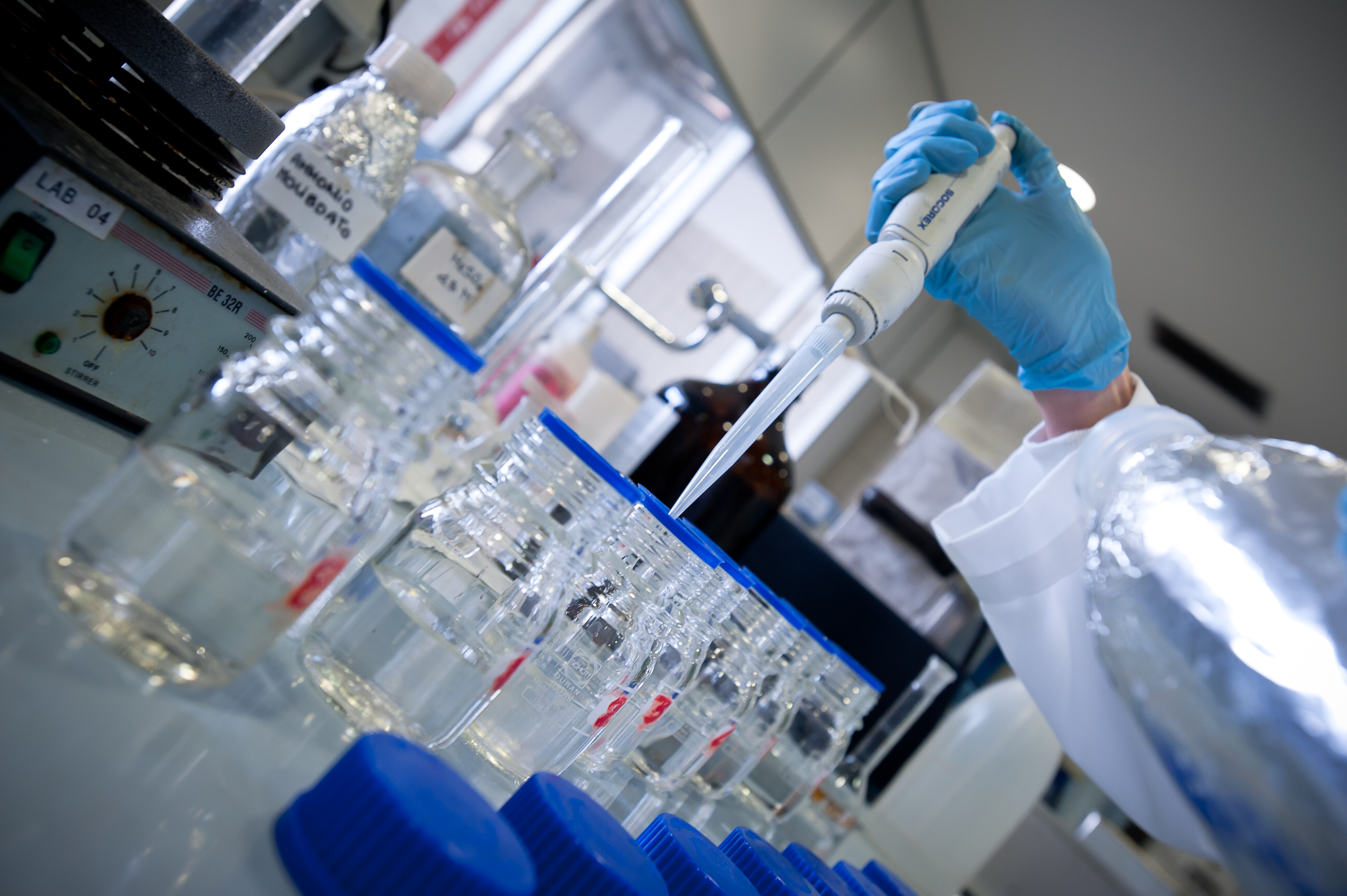 Web Content Viewer
Web Content Viewer

 Web Content Viewer
Web Content Viewer
MM is responsible for the quality of the water distributed and acts in compliance with the provisions laid down in the legislation in force. Through its testing laboratory, MM conducts analyses and controls, publishing the results on the bill and on the water site of Milan:
Water sampling
The samples are taken at precise points:
- at the aquifer abstraction wells, in order to check the quality of the supply source;
- at the inlet and outlet of the treatment plants situated upstream of the pumping stations so as to check the efficiency of the treatment systems;
- at the outlets of the pumping stations that feed the network, in order to check the quality of the water supplied;
- at the fountains present in the municipal district, in order to check the maintenance of the quality of the water distributed;
- at the municipal drinking water dispensers.
Monitoring of the aquifer
The laboratory not only checks compliance with the legal limits of all the parameters laid down in the legislation in force, it also monitors the flow of any organic and inorganic pollutants present in the aquifer. If 60% of the parameter value is exceeded, a warning is emitted and, if 80% of it is exceeded, an alarm is emitted. When these values are detected, preventive actions are taken to reduce the risk of deterioration in the quality of the water.
The testing laboratory
The water samples are tested in daily analyses conducted by the MM laboratory service. The Laboratory normally carries out:
- microbiological tests;
- physicochemical tests: fixed residue, conductivity, colour, turbidity, hardness and pH;
- chemical tests: organic and inorganic micropollutants, organic pollutants, medicinal products and metals.
The laboratory that tests water for human consumption is equipped with all the basic instruments required to measure the parameters laid down in the legislation in force.
Over the past few years, the laboratory’s instruments have been enhanced through the purchase of new-generation, extremely versatile and high-performance equipment capable of guaranteeing high testing standards, which include:
- GC- triple quadrupole MSMS;
- LC- triple quadrupole MSMS;
- Flow cytometer.
These instruments are designed to monitor any emerging chemical and microbiological pollutants.
The Legislation regulating the quality of water for human consumption
- Leg. decree no. 31 of 2 February 2001 (which came into effect on 25 December 2003), implementing Directive 98/83/EEC on the quality of water for human consumption. Leg. decree no. 31/2001, which replaces and in part amends the Presidential Decree no. 236/88, eliminates the concept of guiding values (GV) and maximum allowed concentration (MAC) and introduces the parameter value in their place. In addition, it establishes “new” microbiological and chemical control parameters, with legal limits lower than those laid down in Presidential Decree 236/88, thus increasing the quality of the water.
- Directive 2015/1787/EU, Annexe I of directive 2015/1787/EU, which entirely replaces annexe II of directive 98/83/EC (and the corresponding Leg. decree no. 31/2001, as amended), redefines the requirements of the control programmes for water for human consumption. It allows the member countries to modulate more flexibly the frequency of the controls and the number of parameters monitored, to optimize the allocation of the economic resources in accordance with criteria based on the site-specific risk. This possibility is subject to the implementation of a credible risk assessment of the entire water supply chain and is based on the principles at the basis of the WHO model of Water safety plans (in Italy, the “Piani di sicurezza dell’acqua” - PSA). Annexe II, which amends the current annexe III of directive 98/83/EC (and the corresponding Leg. decree no. 31/2001, as amended), introduces the obligation to validate the analytical methods adopted in testing the quality of drinking water. It also obliges laboratories to implement quality management practices conforming to these laws. The minimum performance characteristics of the analytical methods for testing drinking water are in line with the requirements laid down in the environmental sector (directive 2009/90/EC), including a transitional period until 31 December 2019.
 Web Content Viewer
Web Content Viewer
 Web Content Viewer
Web Content Viewer

 Web Content Viewer
Web Content Viewer
The water of Milan is good, controlled and safe.
Through its own laboratory of analysis, MM guarantees the quality of the water distributed: every year 190,000 checks are carried out on 17,000 samples. The analyzes are updated quarterly and also available in the bill.
Check the water analyses here.